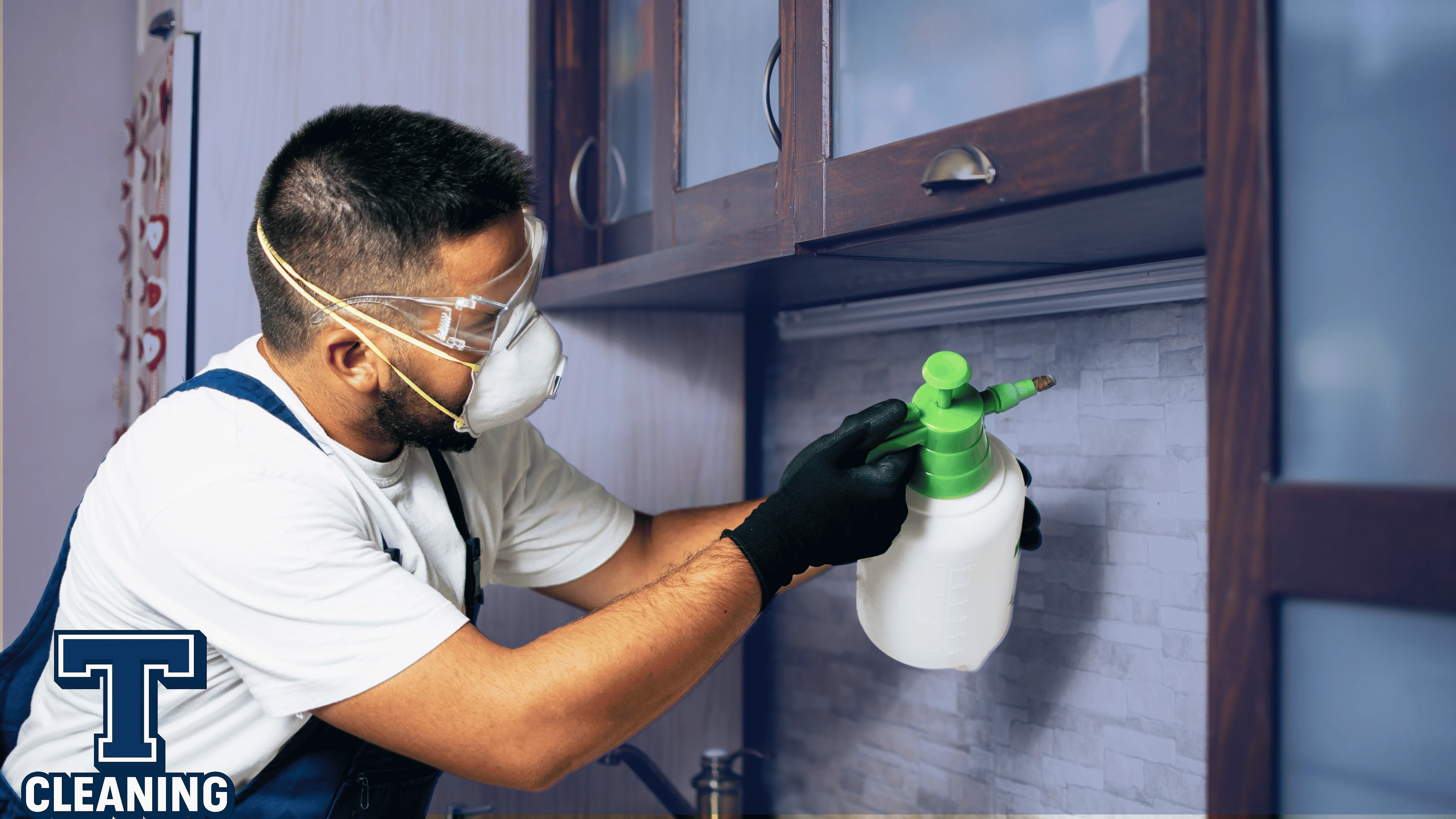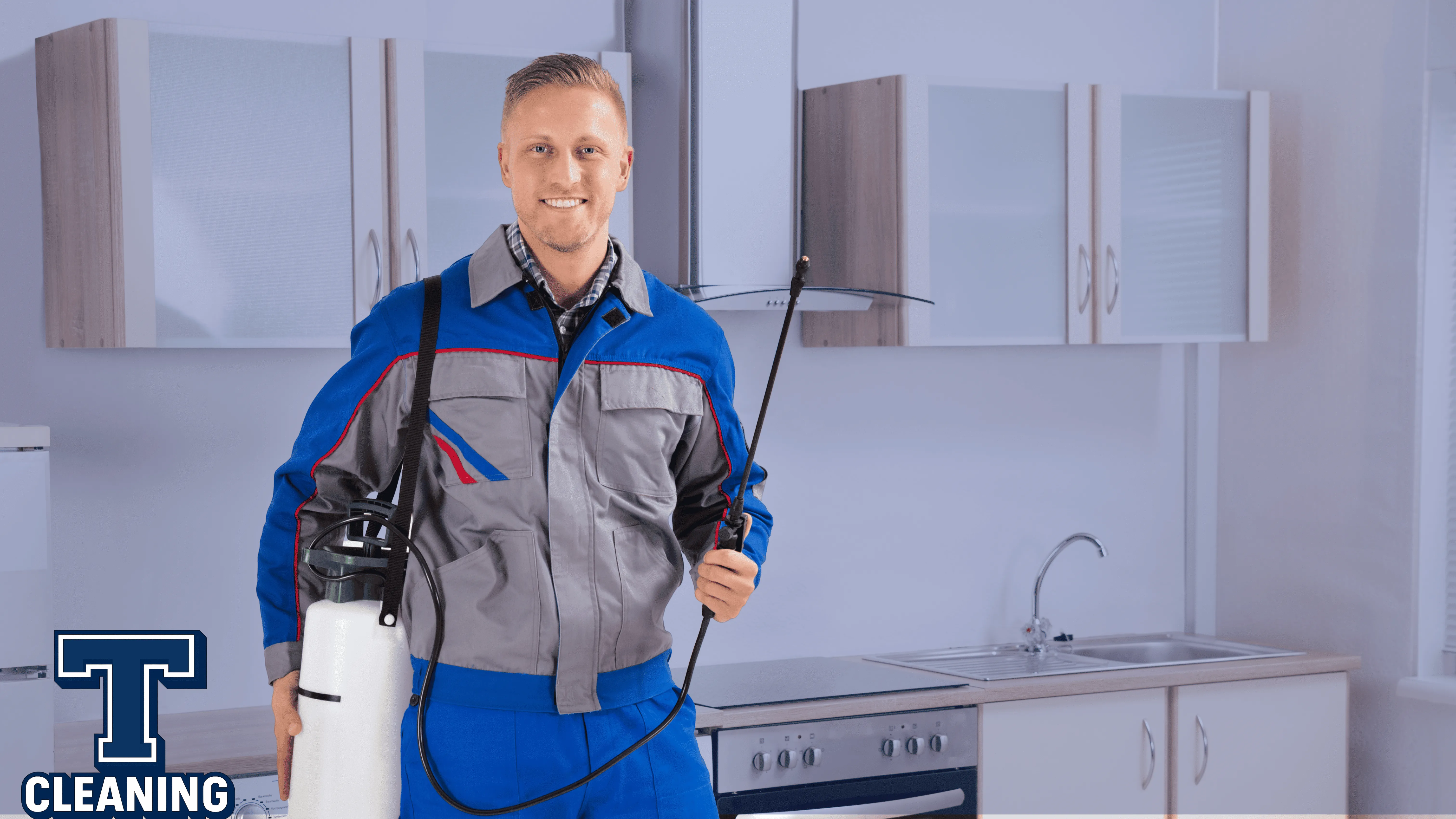
Introduction: Why Pest Control Matters
Pests are more than a nuisance — they can threaten health, damage property and harm a company’s reputation. In climates like the UAE, where warm weather and urban environments coexist, certain pests thrive and can quickly multiply if left unchecked. This article provides a complete, practical guide to understanding, preventing, and treating pest problems in residential and commercial settings. It covers identification, step-by-step action plans, treatment types, safety considerations, pricing models, and an extensive FAQ section to answer common concerns.
Common Pests Found in Homes and Businesses
Understanding the typical pests in your area helps choose the right control strategy. The most common pests include:
- Cockroaches — resilient scavengers that spread bacteria and thrive in warm, humid spaces.
- Ants — attracted to food and water sources and often form long foraging trails.
- Bed bugs — small, nocturnal insects that feed on human blood and hide in mattresses and furniture.
- Mosquitoes — vectors for disease and a major comfort nuisance; breed in standing water.
- Flies — commonly attracted to food waste and unsanitary areas.
- Rodents (rats and mice) — chew wiring, contaminate food, and carry disease.
- Termites — destructive wood-boring insects that can cause structural damage over time.
How Pests Enter Buildings
Pests exploit small opportunities. Common entry points and contributing factors include:
- Open doors and windows or damaged screens.
- Cracks, gaps, and service penetrations around pipes and cables.
- Poor waste management and exposed food.
- Standing water or blocked drains that encourage mosquitoes.
- Second-hand furniture or luggage that may carry hitchhiking pests like bed bugs.
A Logical Pest Control Plan — Step by Step
Successful pest control typically follows a logical five-step process: inspection, identification, treatment planning, application, and follow-up. Below is a practical breakdown.
1. Inspection and Identification
Identify the pest species, the scope of infestation, entry points, and conditions that favor the pest (food, shelter, water). A professional inspection should include a walkthrough, photos, and a written summary.
2. Immediate Containment
For cases like food contamination, rodent droppings, or bed bug detection, immediate containment and hygiene measures reduce spread. This includes isolating affected items and improving sanitation.
3. Treatment Selection
Choose an appropriate treatment method: traps, baits, sprays, heat treatment, or a combination. The choice depends on pest type, infestation severity, and the presence of children, pets, or sensitive equipment.
4. Professional Application
Certified technicians apply products or devices according to instruction, safety protocols, and local regulations. They secure areas as needed and provide guidance to residents or staff.
5. Monitoring and Prevention
Follow-up visits or monitoring tools (sticky traps, bait stations) ensure the treatment’s success and detect early signs of recurrence. A prevention plan reduces the chance of reinfestation.
Comparing Treatment Methods — Quick Reference Table
Below is a side-by-side comparison of common pest control methods to assist decision-making.
| Method | Pests Targeted | Effectiveness | Pros | Cons |
|---|---|---|---|---|
| Sanitation & exclusion | All pests | High (prevention) | Long-term, safe, low cost | Requires ongoing commitment |
| Baiting | Ants, roaches, rodents | High | Targets colony/root cause | Slow acting; pets/children safety concern |
| Residual spray | Roaches, ants, spiders | High (professional use) | Fast; long residual effect | Chemical exposure risks; ventilation needed |
| Heat treatment | Bed bugs, some wood pests | Very high | Non-chemical; kills all life stages | Expensive; specialized equipment |
| Traps & glue boards | Rodents, crawling insects | Medium | Non-chemical; monitoring tool | Limited by placement; hygiene |
| Biological control | Specific pests (outdoor) | Variable | Eco-friendly | Limited indoor use; slower |
Detailed Treatment Recommendations by Pest
Cockroaches
Cockroaches are hardy and can hide in cracks, drains, and behind appliances. Integrated control uses sanitation, targeted baits, and professional residual treatments. Deploy gel baits in cracks and crevices, seal entry points, and schedule follow-up inspections. For heavy infestations, professionals may use insect growth regulators (IGRs) that prevent immature roaches from reaching adulthood.
Ants
Follow ant trails to locate nests. Ant baits are effective because worker ants carry bait back to the nest, eliminating the colony. Avoid spraying visible workers with general insecticide, as this can scatter the colony and reduce bait uptake. Seal food, repair leaky taps, and remove sticky residues from counters.
Bed Bugs
Bed bugs require a rigorous approach: professional inspection, heat treatment or combined chemical and physical approaches, laundering bedding at high temperatures, and mattress encasements. Early detection is critical because populations grow fast and become costly to eliminate.
Mosquitoes
Source reduction is the most effective mosquito control: eliminate standing water, install screens, and treat problem breeding sources with larvicides where elimination is impractical. For immediate relief, space sprays or fogging can reduce adult populations temporarily but do not replace source control.
Rodents
Rodent control combines exclusion (blocking entry), sanitation (removing food sources), trapping, and strategic baiting. Rodents can chew wiring and cause fires; rapid action is recommended when signs appear. Professional rodent control often includes structural repairs and long-term monitoring.
Safety, Health & Environmental Considerations
Safety should be central to any pest control plan. Licensed providers select registered products, adhere to label directions, and use personal protective equipment (PPE). Key safety practices include:
- Informing residents about re-entry times and any surfaces to avoid.
- Using child- and pet-safe placements for baits and traps.
- Selecting low-toxicity or targeted options in sensitive environments like schools and hospitals.
- Proper disposal of unused chemicals and contaminated materials.
Cost Estimates & Pricing Models
Pest control pricing varies by pest type, property size, infestation severity, and treatment method. Below is an illustrative pricing breakdown (indicative ranges in AED):
| Service | Scope | Typical Price Range (AED) |
|---|---|---|
| Inspection & quote | Single visit | Free - 100 |
| Standard insect treatment | Apartment up to 100 m² | 200 - 450 |
| Comprehensive treatment | House up to 250 m² | 450 - 1200 |
| Bed bug heat treatment | Per room | 800 - 2500 |
| Rodent control | Initial + follow-up | 300 - 900 |
| Commercial contract | Monthly or quarterly | Custom pricing |
When to Call a Professional
Home remedies work for very limited issues, but call a professional when:
- Infestation covers multiple rooms or repeated attempts at control fail.
- Structural damage or health risks are present (rodents, termites, disease vectors).
- Specialized treatments like heat or fumigation are required.
- Properties with vulnerable occupants (infants, elderly, immunocompromised) need safer, controlled application.
Practical Pre-Service Checklist
Preparing before a treatment improves results and reduces delays. Use this checklist:
- Store food in sealed containers or remove from treated areas.
- Cover aquariums and electrical equipment if advised by the technician.
- Clear clutter and move furniture away from walls.
- Launder bedding and clothing if dealing with bed bugs.
- Remove children and pets from treatment areas as instructed.
Frequently Asked Questions (FAQ)
Is pest control safe for children and pets?
Yes — when performed by trained professionals using approved products and following label directions. You may be advised to keep children and pets away from treated areas for a short period. Discuss any concerns with the technician before treatment so they can choose the safest option available.
How quickly will I see results?
Results depend on the pest and method used. Some baits and traps take days to affect a colony, while sprays can reduce visible activity immediately. For pests like bed bugs, heat treatment provides immediate elimination, but monitoring is needed to confirm success.
Can I do pest control myself?
DIY solutions can help for very small problems or as preventive measures. However, for persistent or large infestations, professionals provide targeted, safer, and often more cost-effective solutions in the long term.
How often should I schedule pest control visits?
Preventive commercial contracts often schedule monthly or quarterly visits. For residential clients, once or twice yearly visits, combined with good housekeeping, are common. High-risk properties may require more frequent service.
Will pest control stain my floors or surfaces?
Licensed technicians use products and application methods designed to minimize staining. Always communicate about sensitive surfaces prior to treatment so they can protect or avoid them.
Monitoring & Long-Term Prevention Strategies
Ongoing monitoring is the backbone of a successful pest control program. Tools like bait stations, sticky traps, and scheduled inspections help detect early problems. A long-term strategy includes:
- Regular inspections and documentation of findings.
- Staff or household education on hygiene and waste handling.
- Sealing structural gaps and maintaining building fabric.
- Prompt repair of water leaks and managing landscape irrigation.
Case Studies: Practical Examples
Case 1 — Apartment Cockroach Infestation: A two-bedroom apartment had persistent roach sightings. A professional inspection found gaps behind appliances and an unsealed drainage access. The treatment combined gel baits, targeted residual treatment, and sanitation guidance. Follow-up visits removed the infestation within six weeks.
Case 2 — Hotel Mosquito Control: A small hotel experienced seasonal mosquito problems due to nearby water features. The solution focused on source reduction, larvicide application in non-drainable areas, landscaping changes, and guest education. Mosquito complaints dropped by over 80%.
Case 3 — Bed Bug Eradication in Villa: A villa with multiple infested rooms received integrated heat treatment and follow-up chemical treatments for hidden pockets. Encasing mattresses and guest education on luggage inspection prevented reintroduction.
Printable Quick Checklist
Copy and use this short checklist when preparing for service or performing routine prevention:
- Seal food & store in containers
- Block entry points around pipes & vents
- Remove standing water and check drains
- Empty trash regularly; wash bins
- Inspect second-hand furniture
- Keep vegetation trimmed away from walls
Conclusion: Practical Advice and Next Steps
Effective pest control is a combination of correct identification, appropriate treatment, safety-conscious application, and preventive maintenance. Whether you’re a homeowner, facility manager, or business owner, invest in a competent pest control partner who provides transparent pricing, documented reports, and follow-up. This combination not only removes pests today but protects your property and occupants tomorrow.
Contact Us for an Assessment
If you need a professional evaluation or a custom quote, contact us by phone or WhatsApp. We provide tailored solutions, safety-first treatments, and ongoing support to keep your space pest-free.
© 2025 Cleaning Company — Professional, safe, environmentally-aware pest control services.

